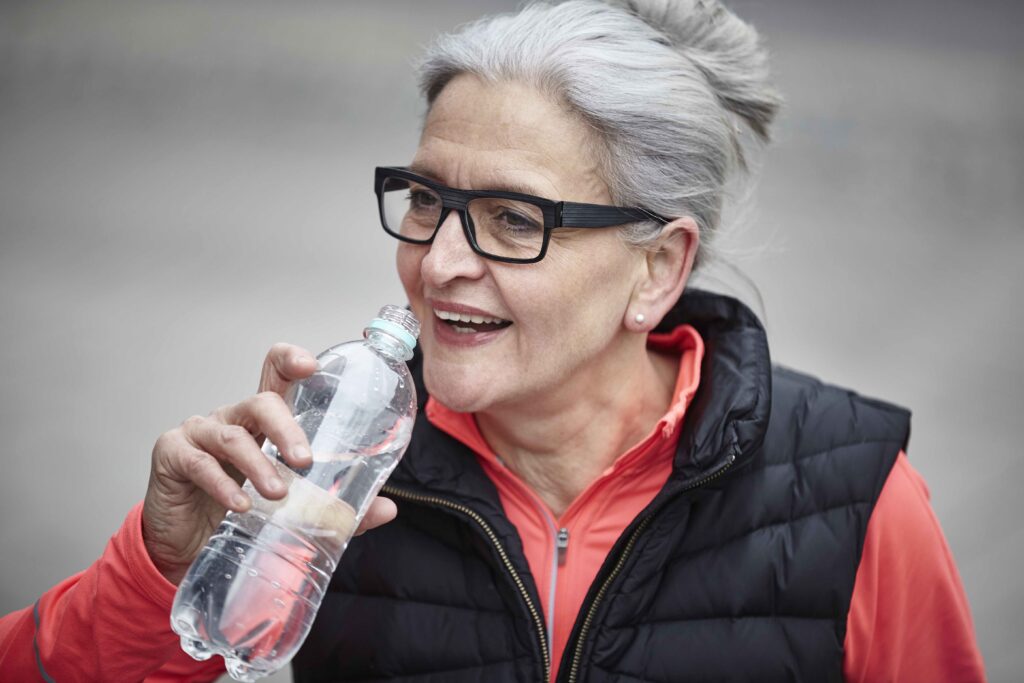Why does it matter? Water is water —- right? In reality there are all kinds of water from the most pure and healthy to the most contaminated and unhealthy and everything in between.
Drinking an adequate amount of water is essential to life. We cannot live more than a few days without water. For optimum health and long life, we should strive to drink not only an adequate amount of water, but also the best quality water, free from viruses, bacteria, parasites, and harmful chemicals.
Some people have no choice – I have witnessed little children in Haiti drinking putrid sewer water running down the street, because that was the only alternative they had to keep them alive. I watched little girls walking 8 miles per day just to fill a gourd with fresh water from a well. Here in America, we are blessed with an abundance of good water. But not all is well. Some of this abundant water may be almost as bad for us as the sewer water children drink in Haiti.
The source of all our drinking water comes from: rainwater; surface-water; ground-water;underground-water; or sea-water. And it is prepared for us in a number of ways: raw; filtered;distilled; boiled; reverse osmosis; processed (including adding chlorine and fluoride); or a combination of these methods.
For thousands of years, mankind drank mainly rainwater and/or rain water that had gathered in freshwater streams and ponds. This water is slightly acid and free from minerals or chemicals. Our bodies adapted perfectly to this water over the centuries and is the water God made for us. Rain is water in its purest form, made by the sun distilling water from the oceans and giving it back to the earth for us and all vegetation to thrive. The downside is that on its way to earth, rainwater can pick up some contaminants and thus needs to be filtered to be completely safe. After rainwater collects on the ground in the form of streams and ponds (usually called surface water), it looks clear and refreshing, but nearly always picks up dangerous bacteria, virus and parasites. Thus, it needs to be prepared by boiling or ultrafiltration to remove these harmful bugs.
Water that sinks into the ground (called ground water or underground water) collects in aquifers (underground lakes or rivers) deep within the earth. That process filters out most of the viruses, bacteria, and parasites, but in the process of seeping through the rocks, picks up many minerals, including some that may be beneficial (potassium, magnesium, and calcium), but also many that are harmful (arsenic; zinc; lead; mercury, manganese; iron; copper; nickel; antimony; cadmium; chromium and selenium). It also contains sulfur, nitrates and pesticides. This water becomes alkaline because of the high content of calcium (lime) and is considered hard water.
Of course, early mankind did not have access to aquifer water, except in cases of artesian wells(natural springs). When men learned to drill deep wells, mineral water became available as a reliable source of water and many think it tastes better than surface water.
My recommendation is to drink water most like natural rainwater. Today that water is available to us in the form of reverse osmosis (RO), which filters out all viruses, bacteria, parasites and any chemicals, while retaining water in its purest form at affordable prices. You can purchase this precious drinking water in 5-gallon containers at any grocery store for under 25 cents per gallon. Or you can install a RO system under your sink at home for pennies on the gallon. In third world countries RO becomes an affordable and reliable source of drinking water.
I recommend against drinking mineral water, alkaline water or tap water, all of which have been modified from the pure water state that our bodies need for optimal functioning (Please read my separate article exposing deceptive marketing practices of water – It’s a $multi billion industry).
If you are not sure if your water contains particles or harmful minerals, just test it at home. An easy and great way of testing your water is to buy a TDS (Total Dissolved Solids) meter for under $20. A reading of under 50 is good. A TDS meter does not test specifically for bacteria, viruses or poisons, but the lower the number the purer your water is.




